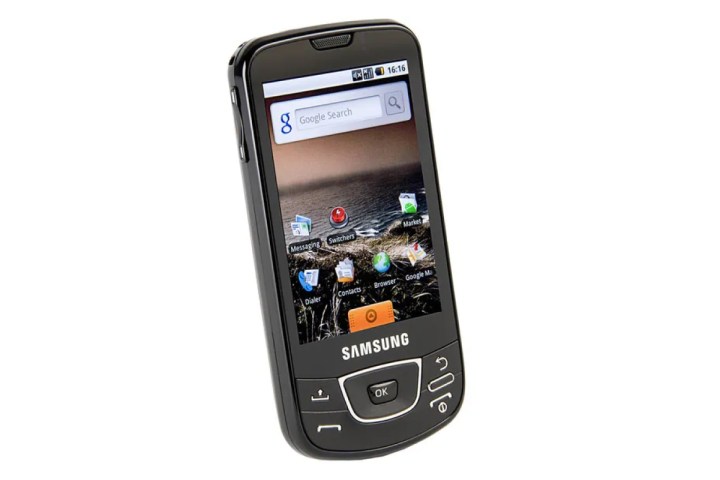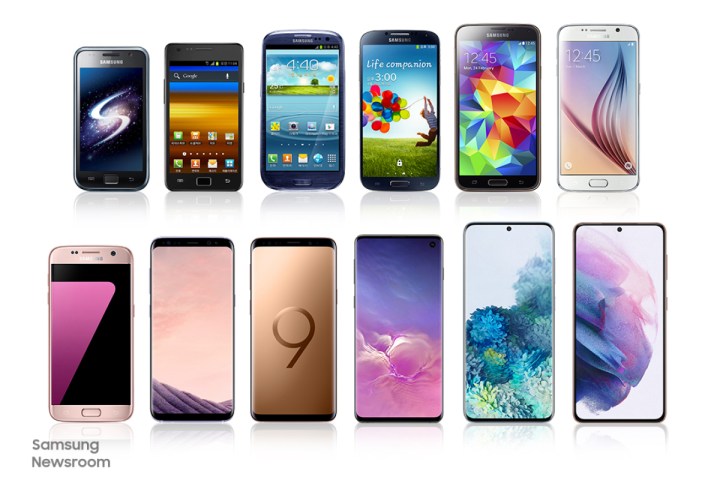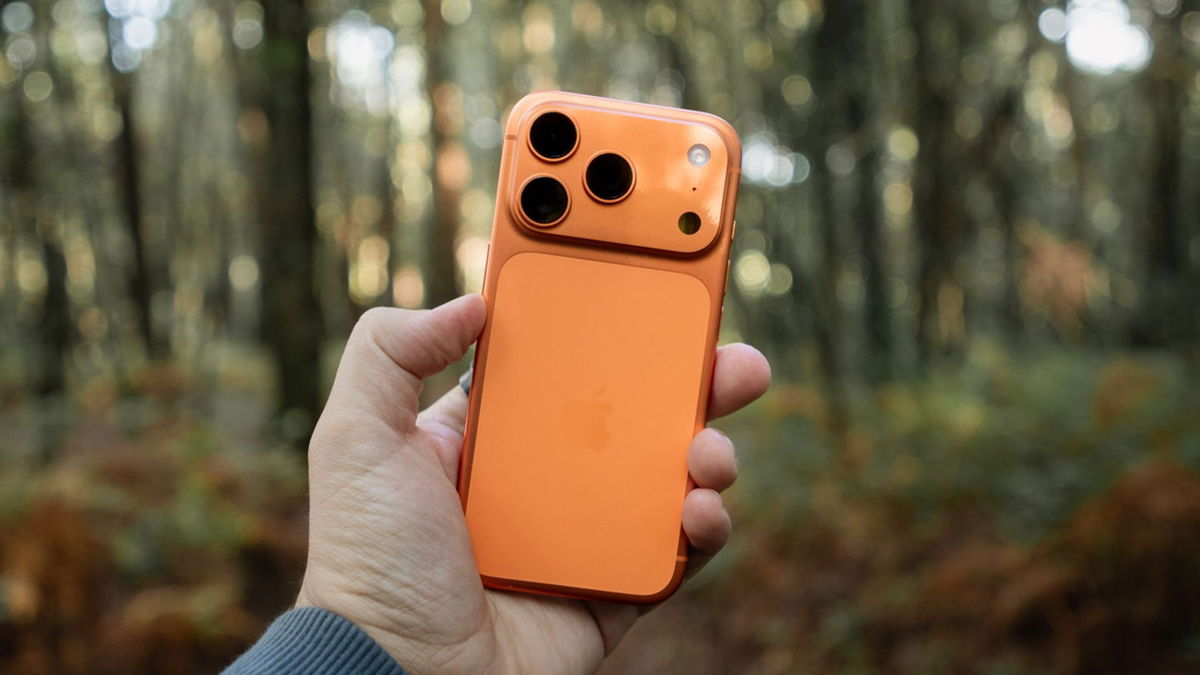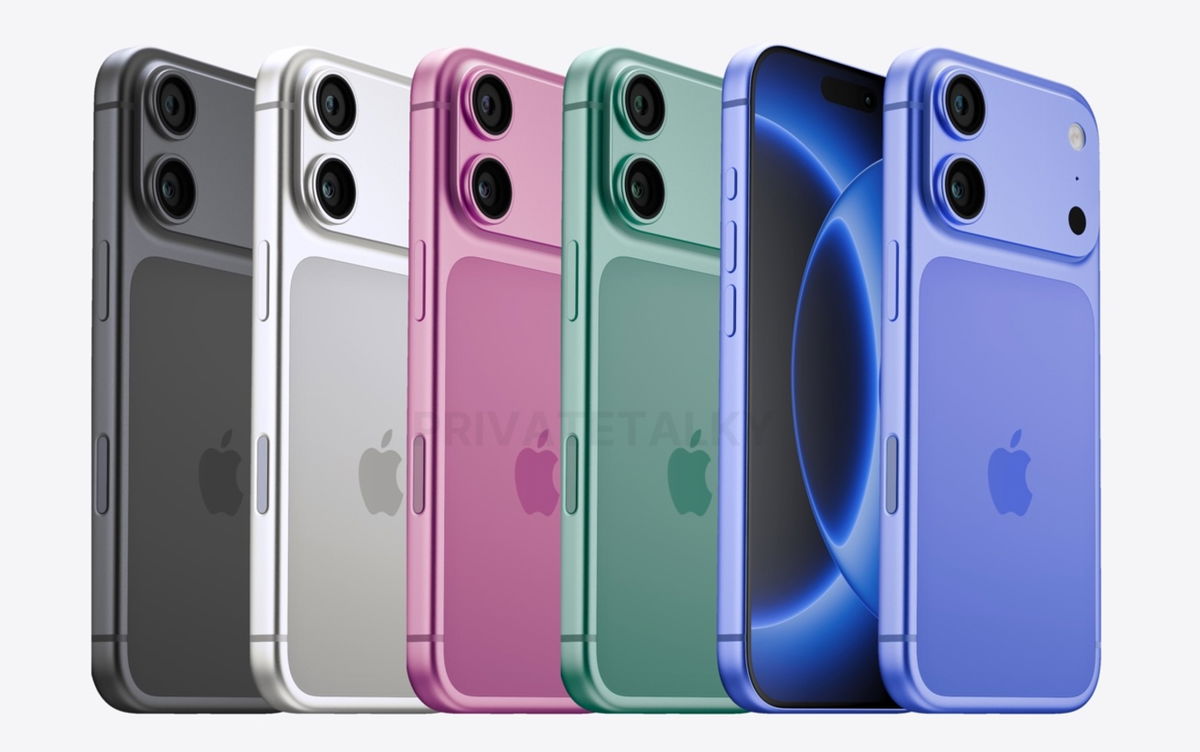Samsung has come a long way in the world of mobile phones. Thanks to the wide range of products, the company today has something to be proud of. However, this leadership position has not always been the norm for Samsung; At the beginning of its existence, the company faced a number of problems. Today we take a trip back in time to explore the South Korean giant’s first steps into mobile phones, including Samsung’s first cell phone.
The first Samsung cell phone in history
Samsung’s legacy of innovation goes back decades, long before the Android operating system was born. In fact, the company was founded in 1938, although at that time it was not even involved in the production and sale of electronic products, it began in 1969 as part of a subsidiary of Samsung Electronics.
The company’s first cellular product was a car phone called the SC-1000, released in 1985, but it failed to gain acceptance due to quality problems. After this, Samsung Electronics released the company’s first mobile phone: Sh-100. It was released to the Korean market in 1988.
Next
The SH-100 marked a major milestone by being the first portable cell phone manufactured by Samsung, as well as the first such device manufactured in Korea to enter the market early in the history of mobile phones.
However, at the time, mobile phones were considered a luxury item due to their high price, limiting Samsung’s sales to a few thousand units per generation. Despite this, the company continued to innovate and release new models every year, including flip phones.
Later in 1994, Samsung Electronics successfully launched Ш-770which featured a thinner and lighter design and was sold under the brand “Any challenge” By increasing its investment in marketing, Samsung was able to gain consumer trust and increase its market share. By 1995, more than half of the cell phones sold in Korea were made by Samsung.
The following year, the company entered into a $600 million contract with telecommunications company Sprint to develop and sell CDMA mobile phones in the United States. With a foothold in this market, Samsung focused on GSM technology and international expansion, challenging giants such as Nokia and Motorola in major markets.
Samsung’s first Galaxy cell phone (and the company’s first Android)
In 2009, Samsung introduced the first Galaxy device based on Android. Galaxy GT-I7500, which was an important milestone in the company’s product line. At the time, Samsung’s flagship phone was the Omnia, followed by its successor running Windows Mobile.

The Galaxy GT-I7500 featured a 3.2-inch AMOLED capacitive touchscreen that delivers superior image quality, making it desirable for discerning consumers. However, its price of around £500 reflected its position in the high-end segment.
Unlike its competitors like HTC and Motorola, which offered custom user interfaces, the Samsung Galaxy GT-I7500 ran Android 1.5 with minimal changes, emphasizing the original Android interface. Additionally, the device was equipped with a 528 MHz Qualcomm chip, delivering high performance and responsiveness that was praised by reviewers at the time.
However, the decision to use an unmodified version of Android also meant that the original Samsung Galaxy was missing some key features compared to its competitors. For example, multi-touch features such as pinch and zoom were missing, as the feature was not added to base Android until the release of version 2.0 of Eclair.
The beginning of the Samsung Galaxy S series
Samsung’s first Galaxy was received with enthusiasm and paved the way for the series. Samsung Galaxy Swhich would debut just a year later in 2010. The series includes several improvements such as a sleeker design, a 1GHz processor and a larger 4.0-inch screen, among other notable features.

Samsung has sold more than 25 million units of the Galaxy S. Although the company continued to release phones with operating systems other than Android for several years, this practice came to an end in 2017 with the release of the Samsung Z4.
The influence of Samsung’s first Android phone continues to this day, as the company’s famous AMOLED displays remain dominant in the mobile phone industry.
Likewise, the Galaxy S series has established itself as one of the most iconic device lines, constantly being compared to the iconic iPhone series. The successes achieved with models such as the Galaxy S24, the latest model in the series to date, have cemented Samsung’s position as the undisputed leader in Android devices.
Source: Digital Trends












